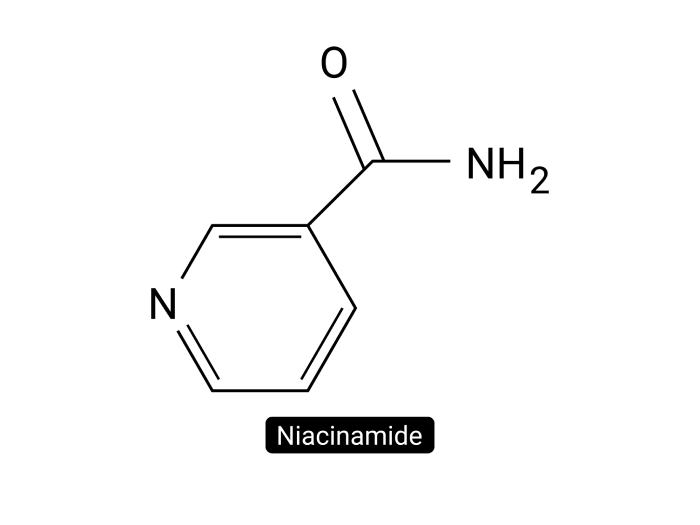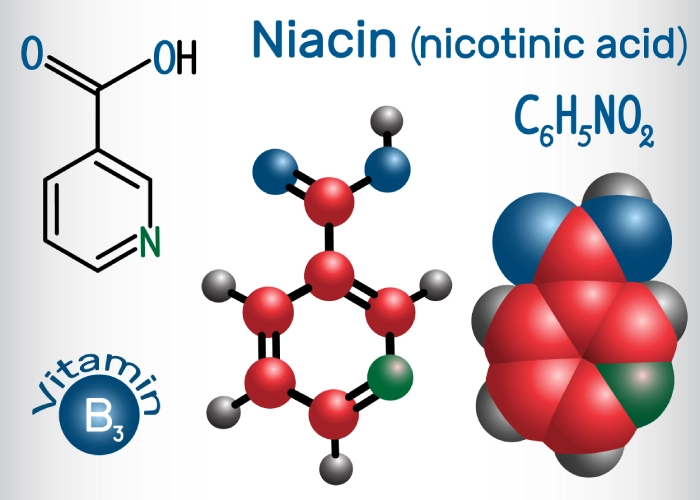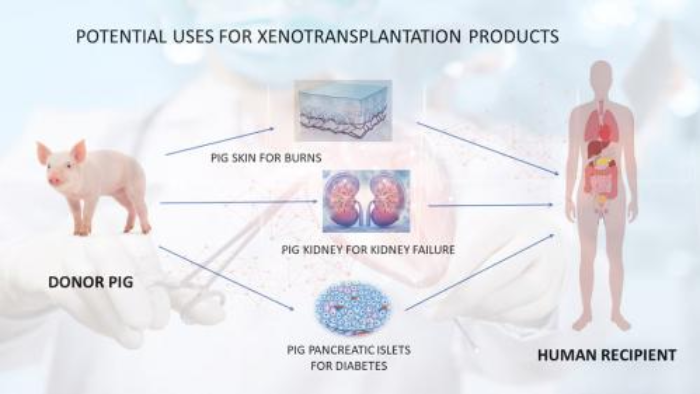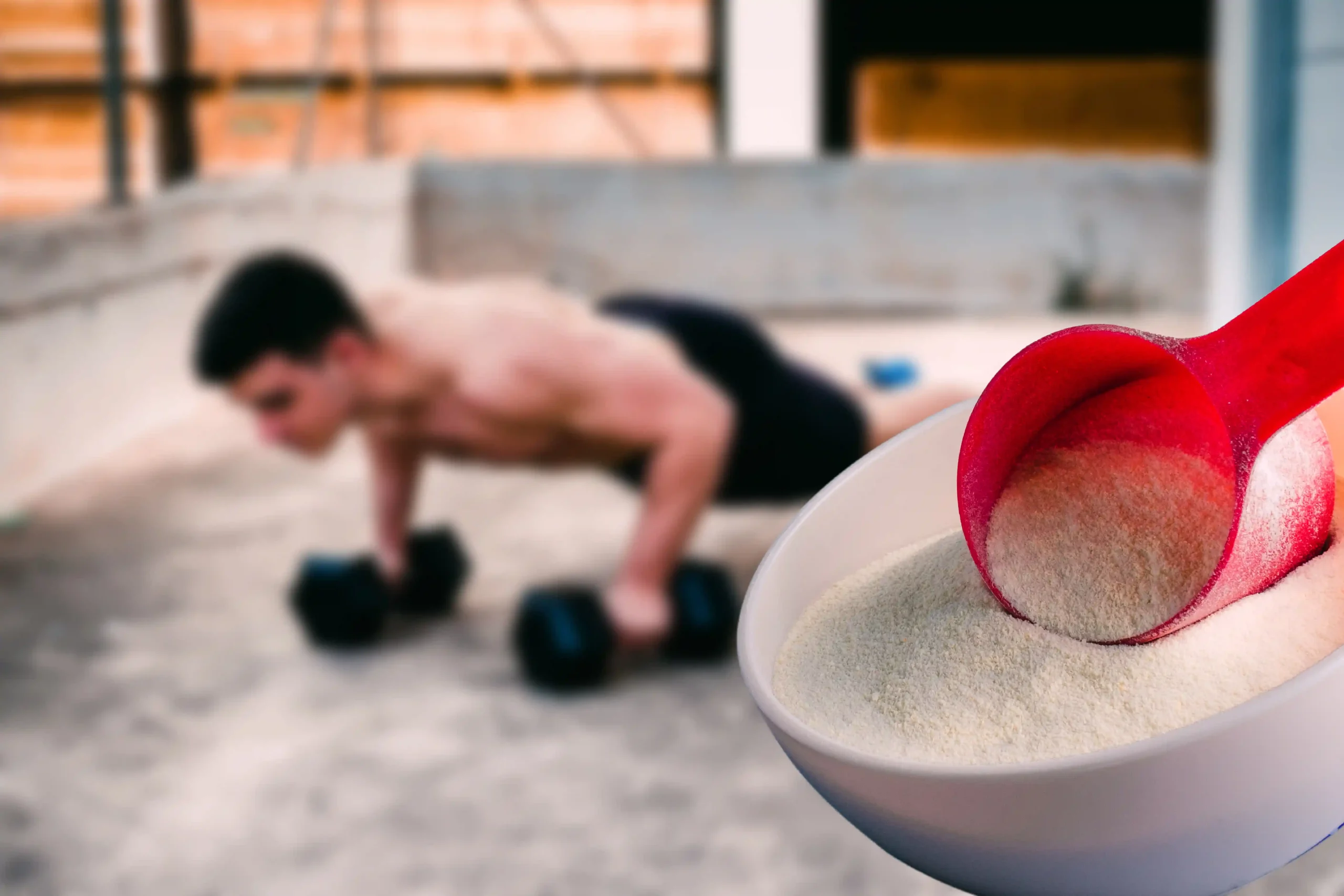Hey there, fellow follicle enthusiasts! Are you ready to embark on a hair-raising adventure? Buckle up, because we’re about to dive deep into the world of nicotinic acid for hair. Trust me, by the end of this article, you’ll be as excited about this little miracle worker as I am about a good hair day (which, let’s be honest, is pretty darn excited).
What’s the Deal with Nicotinic Acid?
Okay, so before we get too tangled up in the details, let’s break down what nicotinic acid actually is. Nicotinic acid, also known as niacin or vitamin B3, is a water-soluble vitamin that’s essential for our overall health. But here’s the kicker – it’s also got some pretty impressive benefits for our luscious locks!
Now, I know what you’re thinking. “Wait a minute, isn’t nicotine that stuff in cigarettes?” Well, hold your horses, my friend. While nicotinic acid vs nicotine might sound similar, they’re actually quite different. Nicotinic acid is a vitamin, while nicotine is an addictive substance found in tobacco. So, no need to start puffing away in the name of better hair!
The Hair-Raising Benefits of Nicotinic Acid
Alright, let’s get down to the nitty-gritty. Why should you care about nicotinic acid for hair growth? Well, buckle up, buttercup, because I’m about to blow your mind!
1. Boosting Blood Flow: Nicotinic acid is known for its vasodilation properties. In simpler terms, it helps widen blood vessels, improving circulation to your scalp. And you know what that means? More nutrients and oxygen for your hair follicles! It’s like giving your scalp its own little spa day.
2. Nourishing from Within: Nicotinic acid plays a crucial role in cellular metabolism. It helps convert the food we eat into energy, which is essential for healthy hair growth. Think of it as your hair’s personal energy drink!
3. Reducing Inflammation: Got a sensitive scalp? Nicotinic acid might be your new best friend. It has anti-inflammatory properties that can help soothe an irritated scalp, creating a better environment for hair growth.
4. Strengthening Hair Strands: Some studies suggest that nicotinic acid can help improve the keratin structure of your hair. In non-science speak, that means stronger, healthier hair that’s less prone to breakage.
5. Slowing Down Hair Loss: While it’s not a miracle cure, some research indicates that nicotinic acid might help slow down hair loss, especially when combined with other hair-loving nutrients.
Now, before you run off to slather your head in nicotinic acid, let’s talk about how to actually use this stuff for maximum hair-boosting benefits.
How to Use Nicotinic Acid for Hair Growth
1. Topical Application: You can find nicotinic acid in various hair products like shampoos, conditioners, and serums. Look for products that contain nicotinic acid or niacin in their ingredient list.
2. Oral Supplements: Nicotinic acid supplements are available in both immediate-release and extended-release nicotinic acid forms. The extended-release version is often preferred as it can help reduce the risk of side effects like flushing.
3. Diet: You can also get nicotinic acid from your diet. Foods rich in niacin include chicken, tuna, turkey, peanuts, and avocados. Who knew your avocado toast was secretly a hair treatment?
4. DIY Hair Masks: For the crafty among us, you can create your own hair mask using nicotinic acid powder. Mix it with your favorite carrier oil (coconut oil works great) and apply it to your scalp. Just be sure to do a patch test first to check for any adverse reactions.
The Great Debate: Nicotinic Acid vs Inositol Hexanicotinate

Now, let’s stir the pot a little. You might have heard about inositol hexanicotinate, another form of niacin that’s often used in hair care products. So, what’s the deal with nicotinic acid vs inositol hexanicotinate?
Inositol hexanicotinate is often marketed as “flush-free niacin” because it doesn’t cause the flushing effect that some people experience with nicotinic acid. However, when it comes to hair benefits, the jury’s still out on which one reigns supreme.
Some studies suggest that inositol hexanicotinate vs nicotinic acid might not be as effective for improving blood flow. On the flip side, it might be better tolerated by those with sensitive skin. As with most things in life, it’s all about finding what works best for you and your fabulous mane.
The Mechanism of Action: How Does Nicotinic Acid Work Its Magic?
Alright, science nerds, this one’s for you! Let’s talk about the nicotinic acid mechanism of action. (Don’t worry, I’ll keep it as simple as possible for those of us who slept through chemistry class.)
1. Vasodilation: Nicotinic acid stimulates the release of prostaglandin D2 in the skin, which causes blood vessels to dilate. This increased blood flow can help deliver more nutrients to your hair follicles.
2. Lipid Metabolism: Nicotinic acid plays a crucial role in the metabolism of fats, proteins, and carbohydrates. This process is essential for providing the energy needed for hair growth.
3. DNA Repair: Nicotinic acid is involved in DNA repair processes, which can help maintain the health of your hair follicles and prevent premature aging of the scalp.
4. Antioxidant Properties: As an antioxidant, nicotinic acid helps protect your hair and scalp from damage caused by free radicals, which can contribute to hair loss and premature graying.
5. Keratin Production: Some studies suggest that nicotinic acid may help boost the production of keratin, the protein that makes up your hair strands.
The Nicotinic Acid Family: Exploring Different Forms
Now that we’ve covered the basics, let’s dive into the different forms of nicotinic acid you might come across in your hair care journey.
1. Pure Nicotinic Acid: This is the most basic form, often found in supplements and some hair care products. It’s potent but can cause flushing in some people.
2. Nicotinic Acid Powder: This form is great for DIY enthusiasts who want to create their own hair treatments. Just remember to use it carefully and always do a patch test first!
3. Nicotinic Acid Liquid: This form is often used in hair serums and leave-in treatments. It’s easily absorbed by the scalp and can be a convenient option for daily use.
4. Extended Release Nicotinic Acid: This form releases the nicotinic acid slowly over time, which can help reduce the risk of side effects like flushing.
5. Cuprous Nicotinic Acid: This is a less common form that combines nicotinic acid with copper. Some studies suggest it might have additional benefits for hair growth, but more research is needed.
6. Nicotinamide: Also known as niacinamide, this is another form of vitamin B3. While it’s not exactly the same as nicotinic acid, it shares some similar benefits and is often used in skin and hair care products.

The Battle of the B3s: Nicotinamide vs Nicotinic Acid
Speaking of nicotinamide, let’s have a little face-off between these two forms of vitamin B3. In the red corner, we have nicotinic acid, and in the blue corner, nicotinamide!
Both of these compounds are forms of vitamin B3 and share some similar benefits. However, there are a few key differences:
1. Flushing: Nicotinic acid is known to cause flushing in some people, while nicotinamide doesn’t have this side effect.
2. Lipid Effects: Nicotinic acid has been shown to have beneficial effects on blood lipid levels, while nicotinamide doesn’t have this property.
3. Absorption: Nicotinamide is generally better absorbed by the body when taken orally.
4. Hair Benefits: While both can be beneficial for hair, some studies suggest that nicotinic acid might have a slight edge when it comes to improving blood flow to the scalp.
So, which one should you choose? It really depends on your individual needs and how your body responds to each form. Some people swear by nicotinic acid for hair growth, while others prefer the gentler nicotinamide. As always, it’s best to consult with a healthcare professional before starting any new supplement regimen.
Beyond Hair: Other Benefits of Nicotinic Acid
While we’re here to talk about hair, it’s worth mentioning that nicotinic acid has some pretty impressive benefits for the rest of your body too. Here are a few extra perks you might get from your hair care routine:
1. Heart Health: Nicotinic acid has been shown to help improve cholesterol levels and reduce the risk of heart disease.
2. Brain Function: Some studies suggest that nicotinic acid might help improve cognitive function and reduce the risk of age-related cognitive decline.
3. Skin Health: Thanks to its anti-inflammatory properties, nicotinic acid can be beneficial for various skin conditions.
4. Mood Boost: Believe it or not, there’s some evidence suggesting nicotinic acid for depression might be worth exploring. While it’s not a substitute for proper mental health treatment, it’s an interesting area of research.
The Dark Side: Potential Side Effects and Precautions
Now, before you go off and bathe in nicotinic acid (please don’t actually do that), we need to talk about some potential side effects and precautions.
1. Flushing: This is the most common side effect of nicotinic acid. It’s harmless but can be uncomfortable. Starting with a low dose and gradually increasing can help minimize this effect.
2. Skin Irritation: When applied topically, some people might experience skin irritation. Always do a patch test before using a new product.
3. Liver Effects: High doses of nicotinic acid can affect liver function. If you’re taking supplements, make sure to follow the recommended dosage and consult with a healthcare provider.
4. Interactions: Nicotinic acid can interact with certain medications. If you’re on any prescription drugs, talk to your doctor before starting nicotinic acid supplements.
5. Pregnancy and Breastfeeding: If you’re pregnant or breastfeeding, consult with your healthcare provider before using nicotinic acid supplements or high-concentration topical products.
How to Incorporate Nicotinic Acid into Your Hair Care Routine
Ready to give nicotinic acid a whirl? Here are some tips to help you incorporate it into your hair care routine:
1. Start Slow: If you’re new to nicotinic acid, start with a low concentration and gradually increase as your scalp gets used to it.
2. Be Consistent: Like most hair care treatments, consistency is key. Use your nicotinic acid products regularly for the best results.
3. Pair with Other Nutrients: Nicotinic acid works well with other hair-loving nutrients like biotin, vitamin E, and omega-3 fatty acids.
4. Massage It In: When applying topical products, take the time to massage them into your scalp. This helps improve absorption and boosts circulation.
5. Be Patient: Hair growth takes time. Give your nicotinic acid regimen at least 3-6 months before expecting to see significant results.
The Bottom Line: Is Nicotinic Acid Worth the Hype?

So, after this deep dive into the world of nicotinic acid for hair, what’s the verdict? Is it worth adding to your hair care arsenal?
In my humble (and slightly hair-obsessed) opinion, nicotinic acid definitely has potential. Its ability to improve blood flow to the scalp, nourish hair follicles, and potentially slow down hair loss makes it a worthy contender in the world of hair care ingredients.
However, it’s not a magic bullet. Like all things in life (and hair care), results can vary from person to person. What works wonders for your best friend’s luscious locks might not have the same effect on your mane.
The key is to approach it with realistic expectations, be consistent with your use, and combine it with a healthy lifestyle and a balanced diet. And of course, if you have any concerns or pre-existing health conditions, always consult with a healthcare professional before starting any new supplement regimen.
Remember, healthy hair starts from within. So while you’re slathering on that nicotinic acid serum, don’t forget to nourish your body with good food, plenty of water, and a healthy dose of self-love. After all, confidence is the best accessory to any hairstyle!
So, are you ready to give nicotinic acid a try? Who knows, it might just be the secret ingredient your hair has been craving. Here’s to good hair days ahead, my friends!



